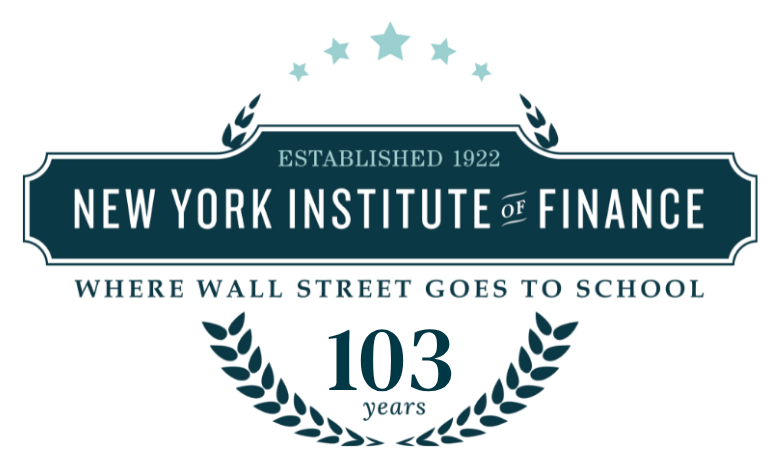Changes in US Banking Regulation – Basel III
An article by New York Institute of Finance Regulation & Compliance instructor Jack Foster.
There has been considerable controversy over the implementation of new US Banking Regulations. The primary reason for this controversy is the fact that the US Banking Industry is different from the banking industry in any other country.
The US has nearly 7,000 banks; most countries have less than ten. Only a dozen US banks participate significantly in derivatives and are too big to fail; in most countries, most banks participate in derivatives and are too big to fail. Finally, the US has public debt and equity markets that provide investors with excellent financial information and account for the majority of debt and equity issuance. For most other countries, public markets are less developed, financial information is less available and of poorer quality and banks dominate debt and equity issuance.
Therefore, US banking regulators have the option to use public markets as a means of disciplining weaker banks. In the US check and balance economy, market forces are preferred over dogmatic regulation whenever possible. On the other hand, most other countries’ economies are more heavily dependent upon regulators to prevent financial stress since the public markets offer little negative reinforcement to weaker banks.
The problem, however, is that when US regulators use market forces to discipline weaker banks there is the danger that these market forces will make money-center US banks less competitive globally. As a result, US money center banks are now lobbying congress to dilute Dodd-Frank to prevent what they see as excessive regulation that will diminish their global competitiveness. Similarly, US regulators are equally determined to change regulations sufficiently to prevent another financial crisis.
In order to understand the areas of conflict between US regulators and US money center banks, it is first necessary to understand the global Basel III regulations. The members of the Basel Committee on Banking Supervision agreed upon these regulations, which they wrote in response to the recent financial crisis. They govern non-US as well as US banks and establish new standards for bank capital adequacy and liquidity. As the Global Standard, the regulations provide the starting point for current changes in US banking regulations. Nonetheless, the Basel III regulations allow significant latitude for individual country regulators to adapt the guidelines for each country’s needs.
The Basel III regulations require three main changes that Central Banks around the world are required to phase in over ten years.
Capital: The first change substantially increases the amount of Tier I capital that banks are required to have relative to their risk-weighted assets. Basel III increases the requirement for the minimum Tier I Capital from 4% to 6%, requires an additional Capital Conservation Buffer of an additional 2.5%; and, according to national circumstances, an additional Countercyclical Buffer between 0-2.5%.
Liquidity: The second change creates new liquidity standards. The first standard is a Liquidity Coverage Ratio to ensure that sufficient high quality liquid resources are available for one-month survival in case of a stress scenario. The second standard is a Net Stable Funding Ratio to provide resiliency over longer-term time horizons by creating additional incentives for banks to fund their activities with more stable sources of funding on an ongoing structural basis.
Leverage: The third change creates a supplemental 3% Non-risk Based Leverage Ratio that serves as a backstop to the Tier I Capital measures.
What are missing from the Basel III regulations are any requirements similar to those in Dodd-Frank and the Volker Rule about derivatives and about Too Big to Fail.
About New York Institute of Finance
With a history dating back more than 90 years, the New York Institute of Finance is a global leader in training for the financial services and related industries with course topics covering investment banking, securities, retirement income planning, insurance, mutual funds, financial planning, finance and accounting, and lending. The New York Institute of Finance has a faculty of industry leaders and offers a range of program delivery options including self-study, online and in classroom.
For more information on the New York Institute of Finance, visit the homepage or view in-person and online finance courses below:
